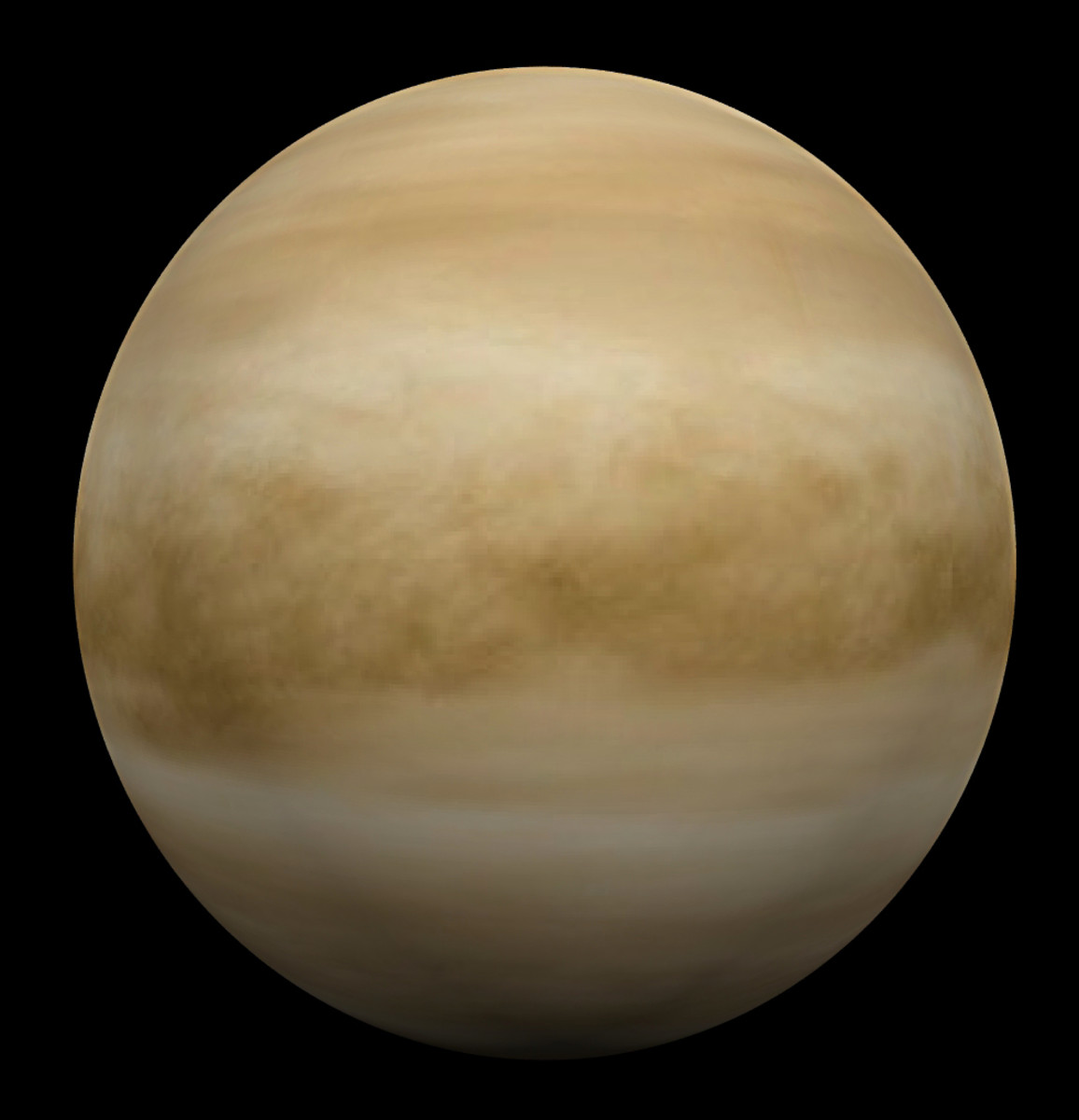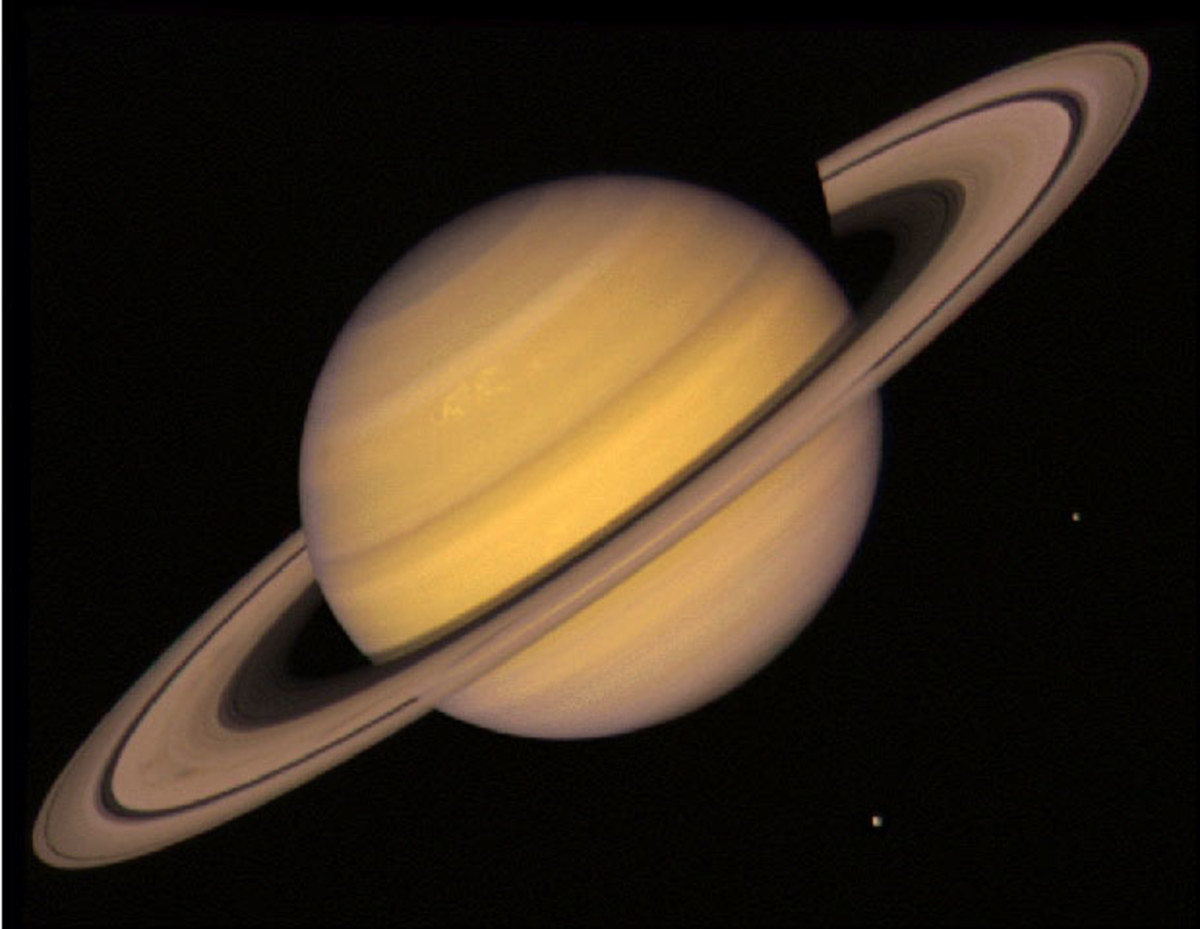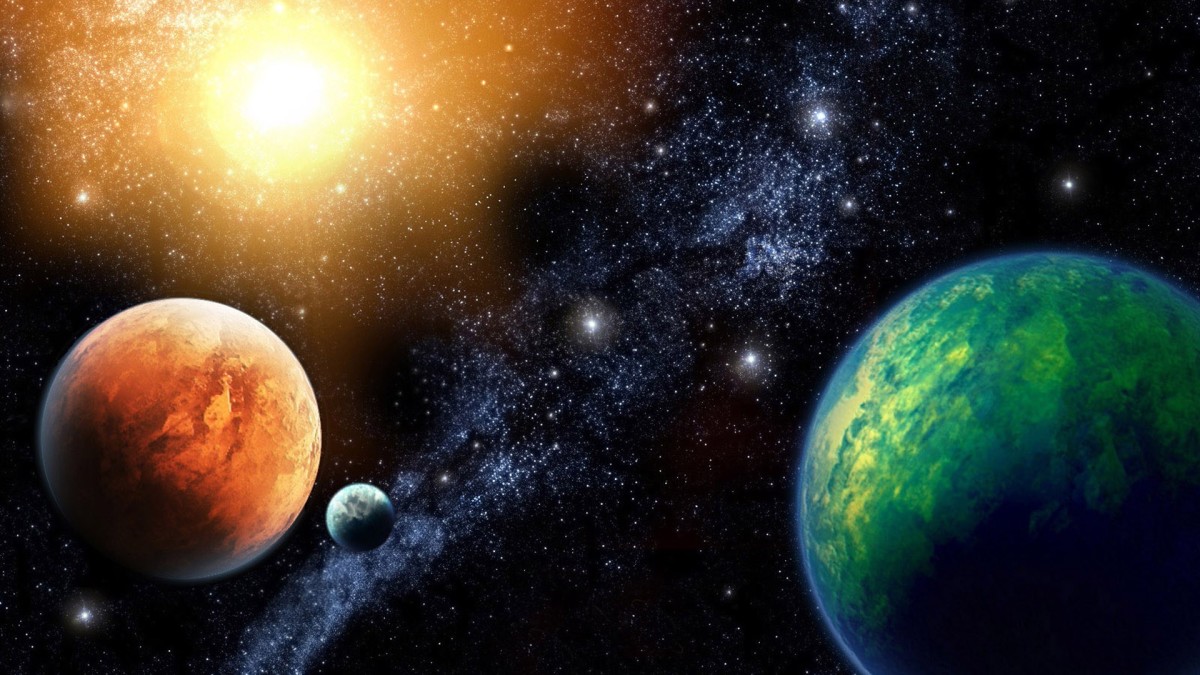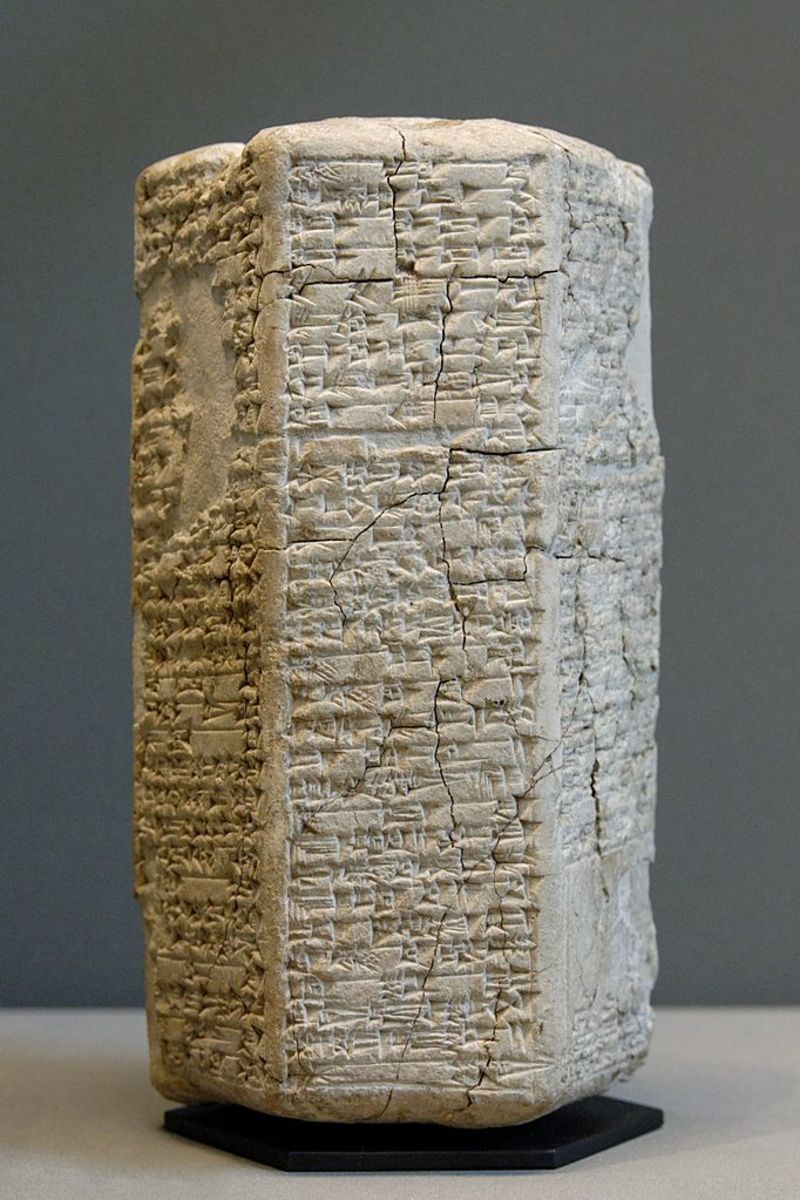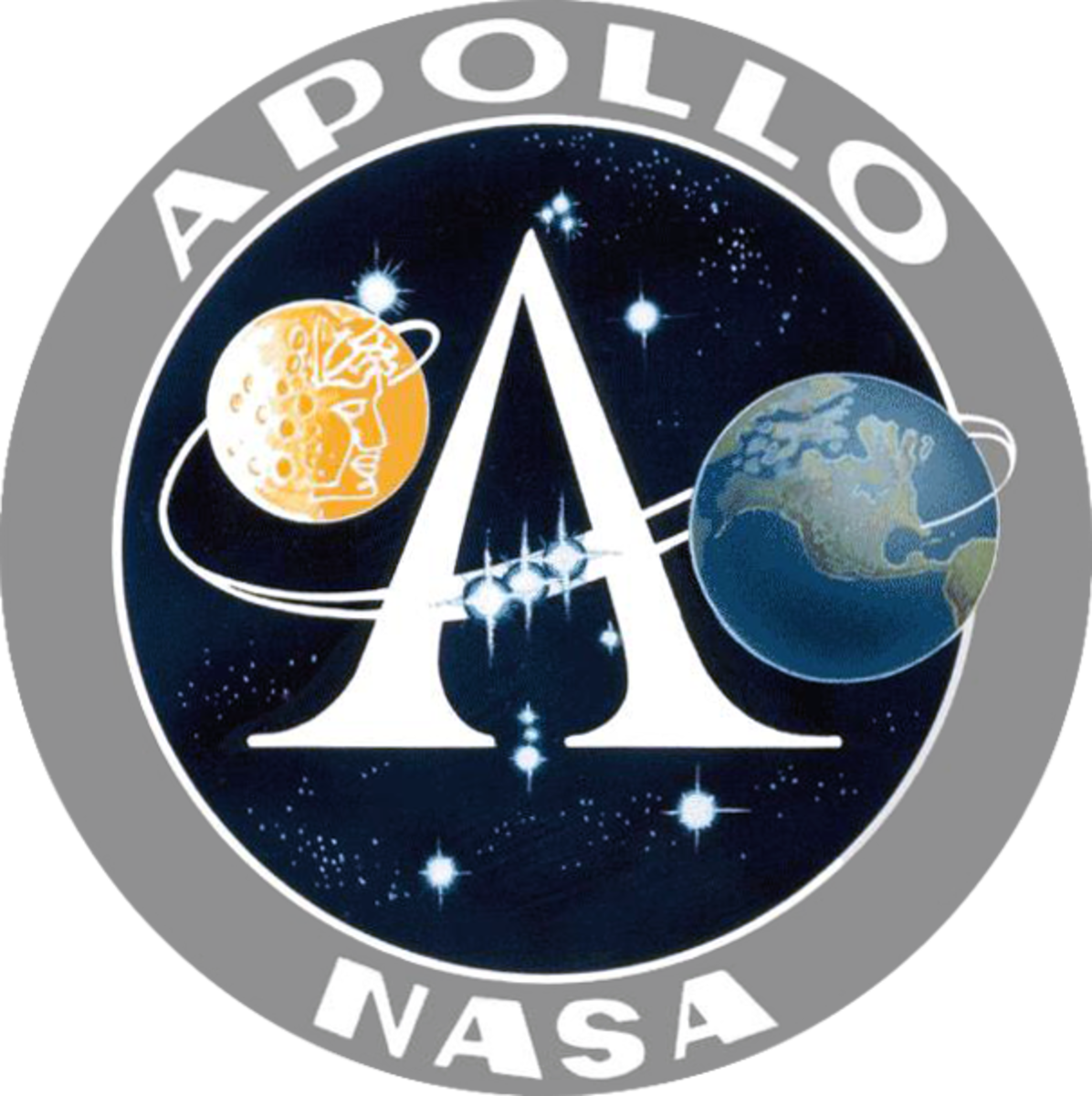Excitement in the Science World
HARPS Telescope
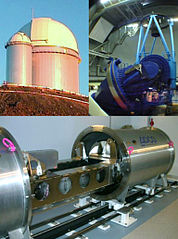
New Planet Found
The entire science world is excited. This is due to the fact that one group announced that they had found an Earth size planet orbiting our nearest neighbor.
Alpha Centauri is the nearest star system to our own solar system. It is a tri-star system, meaning it is made up of three stars: Alpha Centauri A, Alpha Centauri B and Proxima Centauri.
Last week a team of researchers announced that using the High Accuracy Radial velocity Planet Searcher (HARPS), part of the European Southern Observatory telescope in Chile, they had found an Earth size planet orbiting Alpha Centauri B.
This planet, given the name Alpha Centauri Bb, is thought to be of similar mass to our Earth. This would mean that the planet is about the same size as Earth and that it is made of rock.
That though is where the similarity ends.
Earth orbits our Sun from a distance of 93 million miles, whilst Alpha Centauri Bb orbits its star from a distance of only 3.6 million miles.
As you can imagine, this means that as the planet is relatively close to its star, then the temperatures on the planet are hot. In fact it has been estimated that the surface temperature on Alpha Centauri Bb is 2,240 degrees F. (1,227 degrees C.). This means that even if the planet is made of rock: the rock would be in lava form at the surface.
Still the excitement remains. Apparently, research has shown from the over 800 planets found to date, that where there is one planet orbiting a star, there are often more. This means that scientists now hope to find another Earth like planet in the Alpha Centauri system, next time though it will hopefully be in the “habitable zone” of the star system.
- A New Planet Found INSIDE Our Solar System
All the time the scientists have been looking further and further away, to try and find planets. It turns out they may have missed some in our own solar system.
Hot
Obviously the surface of this newly found planet is too hot to sustain life as we know it, as it is too close to its “sun”. When a planet is found and its distance from its star is within certain parameters that it is thought that it could sustain life as we know it, then it is said to be within its stars “habitable zone”.
So, ideally what these scientists would like to find is a planet that is similar to Earth in its mass, within its stars “habitable zone” and be in a star system close to our solar system.
This is why all of them are excited; they have got two out of the three. A planet, similar to Earth in mass, in a star system, that is the closest to us.
This then, is the closest they have to date gotten to finding their ideal.
The scientists may be excited but I don’t think that there is much reason for us to be just yet, so don’t go and check out your travel agent straight away.
Over 35 years ago we sent up a probe. This probe is only now starting to leave our own solar system and yet is further away from Earth than anything else we have sent into space.
To give you an idea: this probe would just be 0.05 of its way to Alpha Centauri, if it had been sent there.
Despite all the excitement, we should remember that even with today’s technology, it would take 40,000 years for a probe to reach Alpha Centauri Bb.
I think that their excitement is perhaps a little premature.
- Alien Life in Our Solar System
With so many whistle blowers speaking up about NASA, could they all be lying? - Is the Earth Already Changing Orbit?
Recently the Japanese failed to put a spacecraft in orbit around Venus. Was this due to the target[Venus] having moved or was it because Earth has changed its orbit? - Inter Stellar Travel
Is inter stellar travel possible? Now that there has once again been put doubt on speeds that exceed that of light, is there an alternative? Perhaps.

